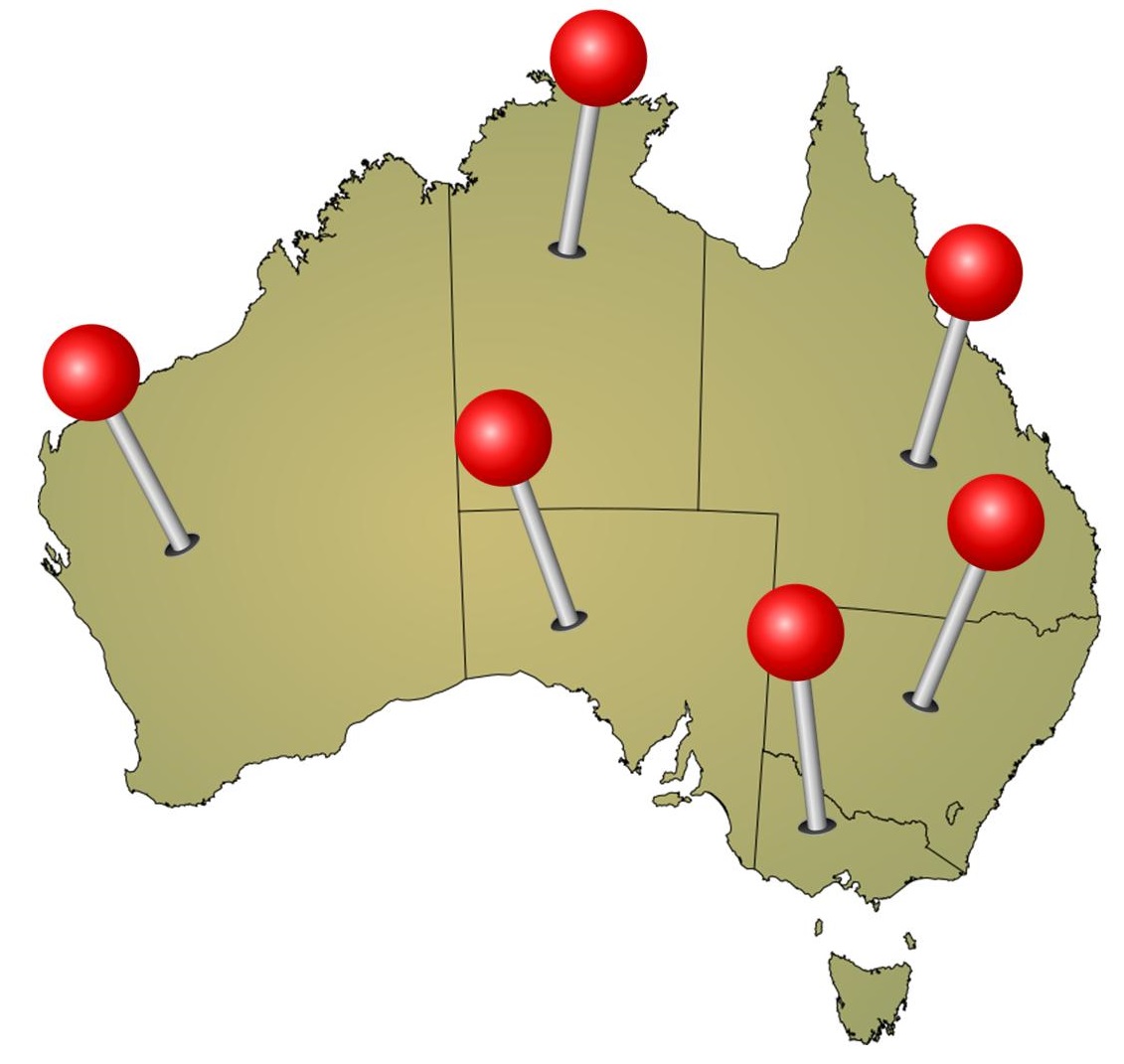Telecom Network Management System market to grow at a CAGR of 4.07% over the period 2014-2019. Global Telecom Network Management System Market 2015-2019:- Telecom companies require secure networks to manage server traffic from internal as well as external sources. In response to this need, network management solutions have been integrated with security features. The growing demand for increased bandwidth, the convergence of multiple products and services, new technologies, and the introduction of various price plans are forcing telecom operators to constantly improve revenue management capabilities.
Request For Research Report Sample @ http://www.marketresearchstore.com/report/global-telecom-network-management-system-market-2921#requestSample
A collection of nodes, wires, and switches providing audio, visual, and data communication is termed as a telecommunication network. In its broadest sense, it embraces microwave and wireless equipment as well as traditional forms of telephony. The primary function of a telecom network is to provide impeccable transmission of information from the point of origin to the point of destination. Telecom network management systems provide a framework for achieving interactivity and communication across the heterogeneous operating system and telecommunication networks. The solution enables network managers to supervise the individual components of a network within a larger telecom operators” network management framework spread across a large region.
“The introduction of automated capabilities within management tools is seen as an upcoming development that will cater to the needs of telecom vendors,”.
“Examples of recent automated capabilities of network management systems are automated discovery, automatic formation auditing and compliance analysis, automated root cause analysis, and automated actions in response to well-known issues and glitches.”
Enquiry Before Buying @ http://www.marketresearchstore.com/report/global-telecom-network-management-system-market-2921#reportPriceDetails
Covered in this Report
The report covers the present scenario and the growth prospects of the Global Telecom Network Management System market for the period 2015-2019. To calculate the market size, the report takes into account revenue generated by individual companies involved in the Telecom Network Management sector.
Global Telecom Network Management System Market 2015-2019, has been prepared based on an in-depth market analysis with inputs from industry experts. The report covers Americas, and the EMEA and APAC regions; it also covers Global Telecom Network Management System market landscape and its growth prospects in the coming years. The report also includes a discussion of the key vendors operating in this market.
Key Market Drivers
Growing Need for Secure Networks
Need for Revenue Management
Increased Adoption of NG Telecom Technologies
Reduced Effective Lead Time
Access Full Report @ http://www.marketresearchstore.com/report/global-telecom-network-management-system-market-2921
Key Market Trends
Increased Network Bandwidth
Automation of Network Management Tools
Adoption of Integrated Revenue Optimization Solutions
Network Equipment Planning
Key Market Vendors
Alcatel-Lucent
Cisco Systems Inc.
Ericsson
Huawei Technologies Co. Ltd.
Nokia Solutions and Networks
To define the market circumstances in the next 3-4 years, Our analysts have conducted in-depth analysis of the impact of market drivers, challenges and trends featuring data on product segmentations, vendor shares, growth rate by revenue and an evaluation of the different buying criteria in the order of importance.

 According to the department’s announcement through Helen Owens, its assistant secretary of data policy, who spoke to a parliamentary committee, the amount currently spent every year on the collection of geospatial data is estimated to be about $200 million.
According to the department’s announcement through Helen Owens, its assistant secretary of data policy, who spoke to a parliamentary committee, the amount currently spent every year on the collection of geospatial data is estimated to be about $200 million.